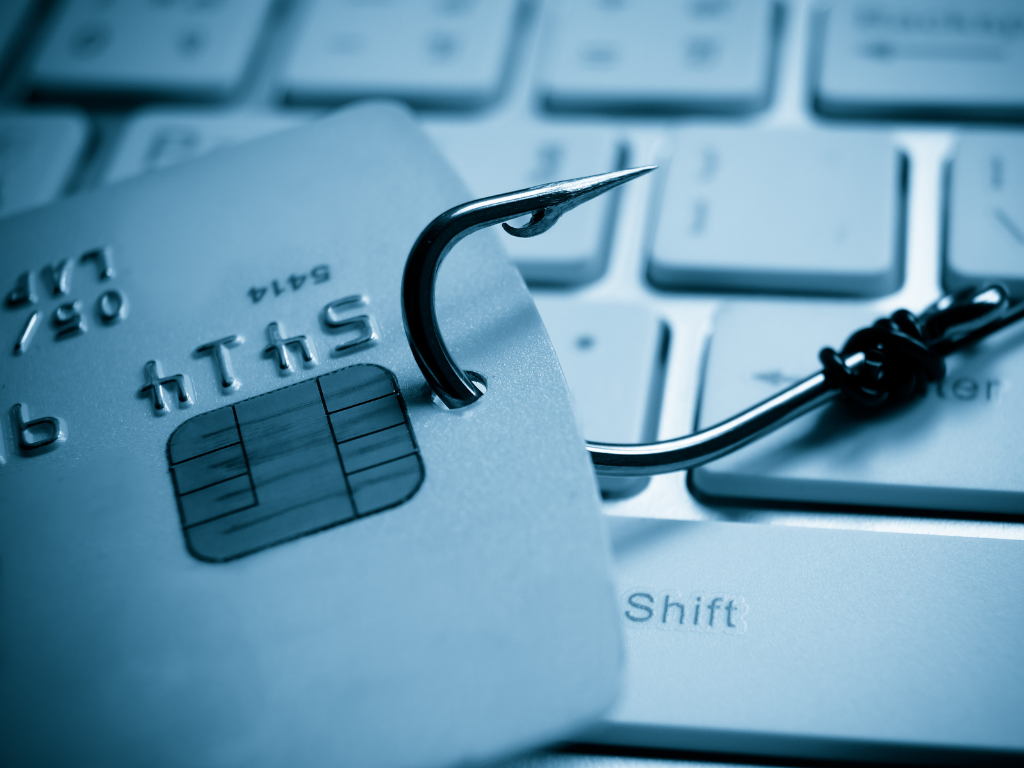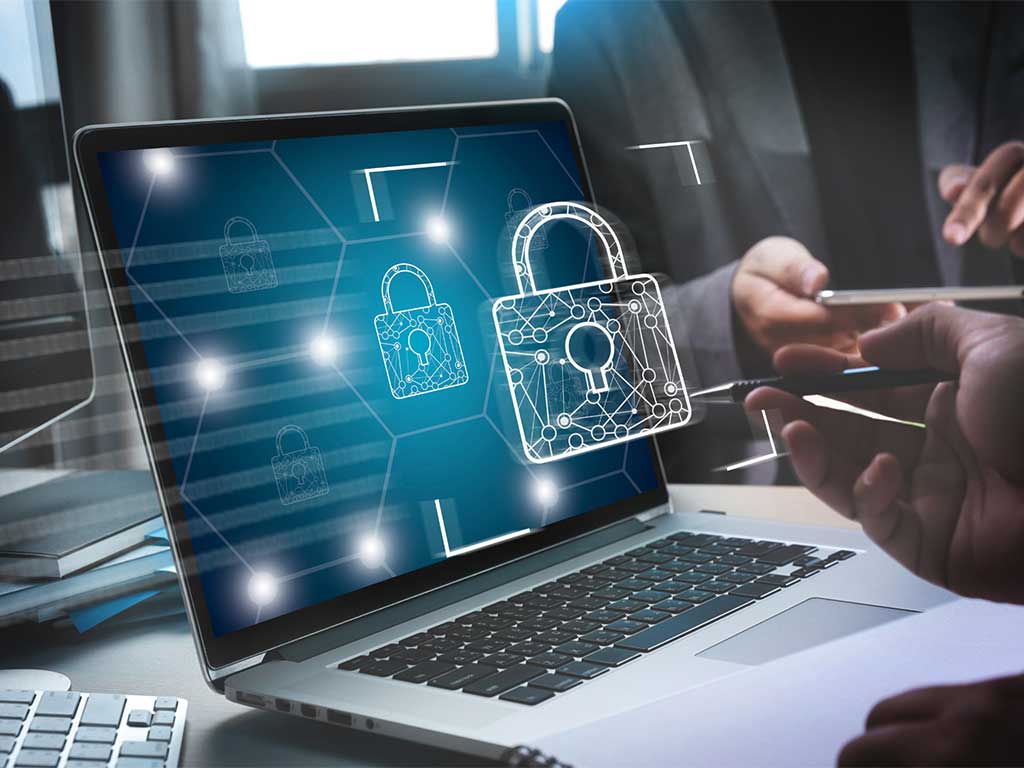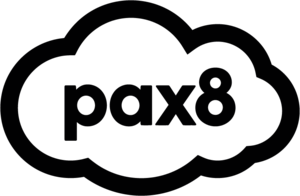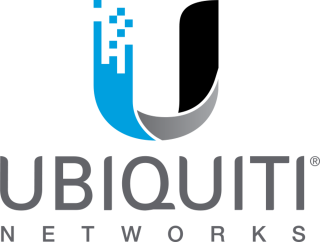In the digital age, staying ahead of security threats is paramount, making security compliance not just a legal requirement but a cornerstone of trust and integrity in business operations. Navigating the intricate world of governance, compliance regulations, and security frameworks is essential for protecting sensitive information and ensuring uninterrupted business processes. This complexity accentuates the importance of understanding and implementing robust security compliance measures, as failing to do so can result in significant financial and reputational damage.
This article aims to provide you with a comprehensive overview of IT compliance standards, delving into the details of key compliance regulations and how they impact your business. It will guide you through the process of implementing and maintaining effective compliance management systems, ensuring that you are prepared for compliance audits and are capable of demonstrating adherence to required protocols. Additionally, we will explore future trends in IT compliance, preparing you for what lies ahead in the constantly evolving landscape of security compliance.
Overview of IT Compliance Standards
Definition and Importance
IT compliance refers to the adherence to a set of regulations, standards, and best practices designed to ensure the security, integrity, and reliability of an organization’s IT infrastructure [2]. This encompasses a broad spectrum of requirements, from legal mandates to industry-specific guidelines, aimed at safeguarding sensitive data and maintaining operational effectiveness. The importance of IT compliance cannot be overstated, as it directly impacts the protection of customer and business data, thereby fostering trust and confidence among stakeholders [2].
Common Challenges
Navigating IT compliance involves various challenges that can be daunting for businesses. One of the primary hurdles is the constant evolution of compliance regulations, which requires organizations to stay informed and agile in their compliance strategies. The integration of new technologies such as the Internet of Things (IoT) and Bring Your Own Device (BYOD) policies introduces additional complexities, making compliance a moving target [3].
Moreover, each industry may have specific compliance mandates that need to be met, adding another layer of complexity. For instance, healthcare organizations must comply with HIPAA, while financial services firms are governed by regulations like GDPR and SOX [4]. These standards are not only about avoiding penalties but also about protecting against data breaches and privacy violations that can lead to significant financial and reputational damage.
Regular audits and assessments are crucial for identifying potential vulnerabilities and ensuring that IT systems are aligned with compliance requirements. However, these processes can be resource-intensive and require specialized knowledge, making them a significant challenge for many organizations.
In summary, IT compliance is a critical aspect of modern business operations that involves understanding relevant standards, implementing required safeguards, and continuously monitoring compliance status to mitigate risks effectively.
Detailed Examination of Key IT Compliance Standards
HIPAA
The Health Insurance Portability and Accountability Act (HIPAA) sets stringent standards for protecting sensitive patient data. Compliance mandates that entities handling protected health information (PHI) implement robust physical, network, and process security measures. HIPAA’s Security Rule is particularly critical, focusing on protecting electronic PHI (ePHI) through technical safeguards like encryption and access controls [8]. These measures ensure the confidentiality, integrity, and availability of ePHI, crucial for maintaining patient trust and organizational integrity [7].
GDPR
The General Data Protection Regulation (GDPR) represents the pinnacle of data protection laws globally, impacting any organization processing data of EU residents. Enforced since May 25, 2018, GDPR emphasizes transparency, accountability, and the individual’s right to data privacy, mandating organizations to implement measures that protect personal data across all processing activities [10] [11]. Non-compliance can lead to severe penalties, underscoring the need for rigorous data security practices.
PCI DSS
The Payment Card Industry Data Security Standard (PCI DSS) is crucial for all entities dealing with cardholder data, emphasizing the protection of this data throughout its lifecycle [13] [14]. PCI DSS outlines 12 key requirements, including maintaining a secure network, protecting stored cardholder data, and implementing strong access control measures [14]. Compliance is mandatory for all organizations processing payment cards, underlining its role in securing sensitive payment information [15].
SOX
The Sarbanes-Oxley Act (SOX) targets financial integrity within publicly traded companies, making it mandatory for these companies to implement stringent internal controls on financial reporting [16]. SOX compliance involves regular audits and the establishment of secure IT controls to prevent data tampering and ensure accurate financial reporting [18]. This act plays a critical role in protecting investors and maintaining trust in the financial markets.
NIST
The National Institute of Standards and Technology (NIST) provides a framework of cybersecurity guidelines and standards used extensively across various industries, especially by U.S. federal agencies. NIST’s guidelines, such as the NIST SP 800-53, offer detailed directives on implementing effective security controls tailored to protect government and associated entities’ information systems [20] [21]. Compliance with NIST standards ensures a robust security posture, essential for protecting sensitive information against emerging cyber threats.
Each of these standards plays a pivotal role in shaping the cybersecurity landscape, providing structured frameworks for organizations to enhance their security measures and compliance strategies.
Implementing and Maintaining IT Compliance
Steps for Implementation
Implementing and maintaining IT compliance involves a structured approach that begins with a thorough risk assessment. This assessment helps you understand the specific risks your organization faces due to factors such as location, industry sector, and regulatory landscape [22]. Based on this assessment, you can develop targeted policies and procedures that address these risks and establish a strong compliance management system [22].
- Conduct a Comprehensive Risk Assessment: Start by analyzing the various risks associated with your operations, considering factors like the competitiveness of the market and interactions with foreign governments or officials [22].
- Develop Policies and Procedures: Create policies that are informed by the risk assessment. These should guide ethical and compliant behavior within your organization and help mitigate identified risks [22].
- Implement a Code of Conduct: Establish a code of conduct that promotes a culture of compliance, supported from the top levels of the organization [22].
- Training and Communications: Develop a training program that is tailored to the roles of different employees, especially those in high-risk areas, and is informed by past incidents of misconduct [22].
- Establish Reporting Mechanisms: Set up systems for employees to report violations anonymously and without fear of retaliation. Ensure there is a process in place for investigating and acting on these reports [22].
- Regular Audits and Reassessments: Conduct regular audits to ensure ongoing compliance and adjust your policies and procedures as necessary [22].
Tools and Technologies
To effectively manage and maintain IT compliance, leveraging the right tools and technologies is essential. These tools not only simplify the compliance process but also enhance the accuracy and efficiency of your compliance programs.
- IT Asset Management Tools: Utilize ITAM tools that include compliance features to help coordinate teams and manage a variety of regulations [23].
- Compliance Management Software: Invest in compliance management software that automates tasks, monitors regulatory changes, and provides a centralized hub for all compliance-related documents.
- Automation Tools: Implement compliance automation tools that help in reducing non-compliance risks and streamline processes by consolidating compliance information on a single platform [26].
- Monitoring and Reporting Tools: Use tools that offer real-time alerts and notifications for compliance status, and that can generate detailed reports on compliance metrics[27].
- Due Diligence Systems: For organizations dealing with third parties, a robust due diligence system is crucial. This system should align with your broader risk framework and use technology to manage and vet third parties effectively [22].
By integrating these steps and utilizing advanced tools and technologies, you can ensure that your organization not only complies with the necessary regulations but also operates more efficiently and securely.
Future Trends in IT Compliance
The compliance management landscape is rapidly evolving, influenced by several key factors that are shaping the future of this field. As you navigate these changes, understanding these trends is crucial for maintaining effective compliance strategies.
Technological Advancements and Regulatory Changes
Technological breakthroughs and increased regulatory scrutiny are major drivers of change in compliance management. The integration of Artificial Intelligence (AI) into compliance operations exemplifies this shift. AI technologies enhance data collection and analysis, enabling the identification of patterns and potential issues more efficiently [28]. This capability is particularly valuable in predictive analytics, where AI models forecast potential compliance issues, allowing for proactive management strategies [28].
Data Protection and Privacy
With the increasing frequency of data breaches, data protection has become a central component of compliance strategies. New regulations are emphasizing the importance of robust data protection measures. For instance, stringent data governance and user privacy rules are being applied to Software as a Service (SaaS) applications, necessitating compliance with cross-border data transfer laws [28]. This trend underscores the need for enhanced cybersecurity measures, particularly focusing on endpoint and cloud security [28].
Cloud Computing and Open Source Software
The progression of cloud technology continues to influence compliance regulations, with an anticipated expansion in rules governing its implementation. As cloud technologies evolve, your ability to integrate these new regulations into your compliance strategy becomes critical [28]. Additionally, the increasing use of open-source components in software development presents unique challenges for license compliance. Ensuring that these components are utilized in accordance with their licensing agreements is essential to avoid legal and operational risks [28].
Global Compliance Regulations
The landscape of global compliance regulations is also undergoing significant transformation. Initiatives like the EU’s draft AI Act and the Corporate Sustainability Due Diligence Directive (CSDDD) are setting new standards for compliance, focusing on security, transparency, and accountability [29]. These developments highlight the importance of staying informed about international compliance requirements and adapting your strategies accordingly [29].
AI and Automation in Compliance
AI and automation are becoming integral to compliance management, reshaping how tasks are handled and enhancing the efficiency of compliance programs. Real-time monitoring and the integration of compliance automation into daily business operations are becoming standard practices, ensuring ongoing adherence to regulations [29]. These technologies not only streamline compliance processes but also improve the accuracy and effectiveness of compliance measures [29].
By staying informed about these trends and integrating advanced technologies into your compliance strategies, you can enhance your organization’s ability to navigate the complex landscape of IT compliance. This proactive approach is essential for protecting your business from emerging risks and maintaining trust with stakeholders.
Conclusion
Throughout this article, we’ve embarked on a comprehensive journey through the terrains of IT compliance, exploring its crucial role in safeguarding sensitive information and ensuring smooth business operations across various sectors. By dissecting key compliance standards such as HIPAA, GDPR, PCI DSS, SOX, and NIST, we’ve illuminated the path for businesses to not only adhere to these regulations but also to foster a culture of transparency and integrity. The discussed strategies for implementing and maintaining compliance, along with insights into the evolving landscape of IT compliance, prepare organizations for the challenges and opportunities that lie ahead in securing digital assets and protecting stakeholder interests.
As we look towards the future, the significance of staying informed and agile in response to technological advancements and regulatory changes cannot be overstressed. The highlighted trends in IT compliance underscore the importance of leveraging advanced tools and technologies to enhance compliance strategies. By doing so, businesses can assure not just regulatory adherence but also fortify their defenses against the ever-evolving cyber threats. Embracing these insights and practices will not only navigate organizations through the complexities of IT compliance but will also position them as leaders in fostering a secure and trustworthy digital economy.
FAQs
1. What are the primary standards for IT security compliance?
The main standards for IT security compliance are ISO 27001 and ISO 27002, which are developed by the International Organisation for Standardisation (ISO). This body is independent and international, creating standards that span various sectors including technology, manufacturing, and management.
2. What does security compliance entail?
Security compliance involves establishing effective security controls and is essentially a reporting function that verifies whether a business meets certain requirements. To achieve compliance, a company must actively develop and implement security controls. However, being compliant does not eliminate the risk of a security breach.
3. How is security compliance managed?
Managing security compliance typically involves a four-step process:
- Conducting a risk assessment to identify potential risks.
- Developing and implementing a compliance program to mitigate these risks.
- Communicating and training employees to ensure they understand and follow the compliance program.
- Regularly monitoring and auditing to maintain ongoing compliance.
4. What constitutes a standard of compliance?
A standard of compliance in the context of Enterprise Manager refers to the representation of a compliance control that needs to be tested against an IT infrastructure to determine if the control is being adhered to.










